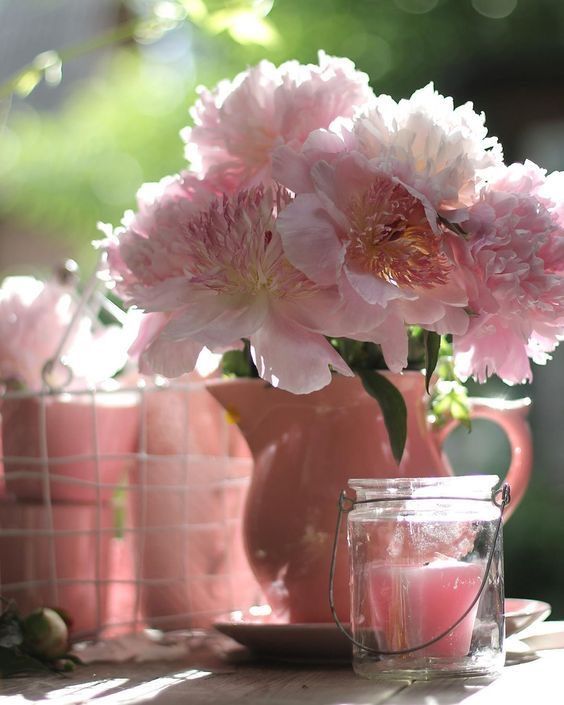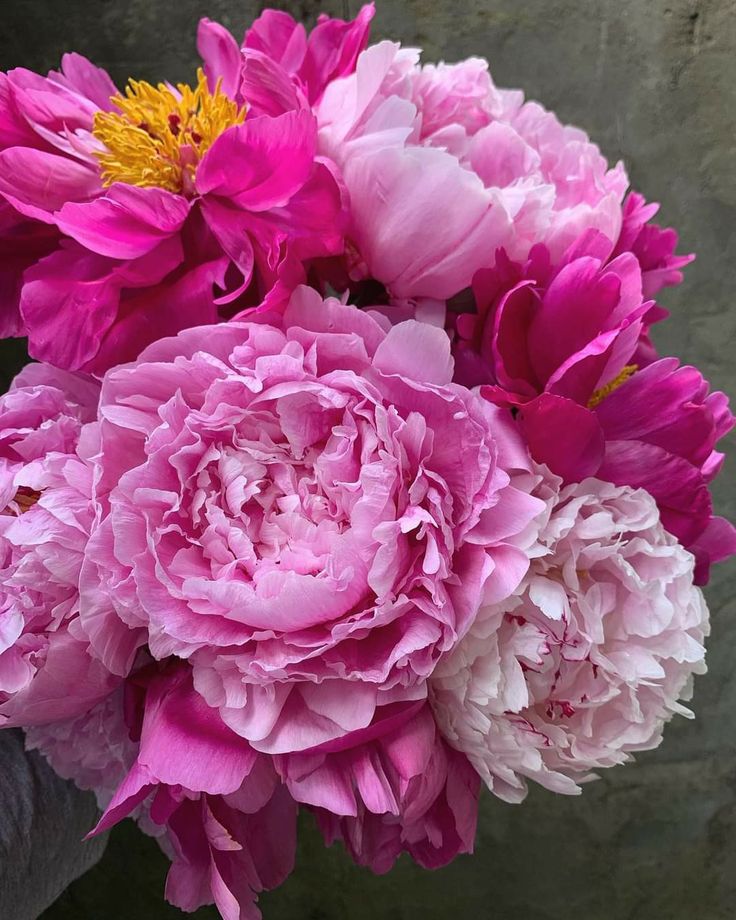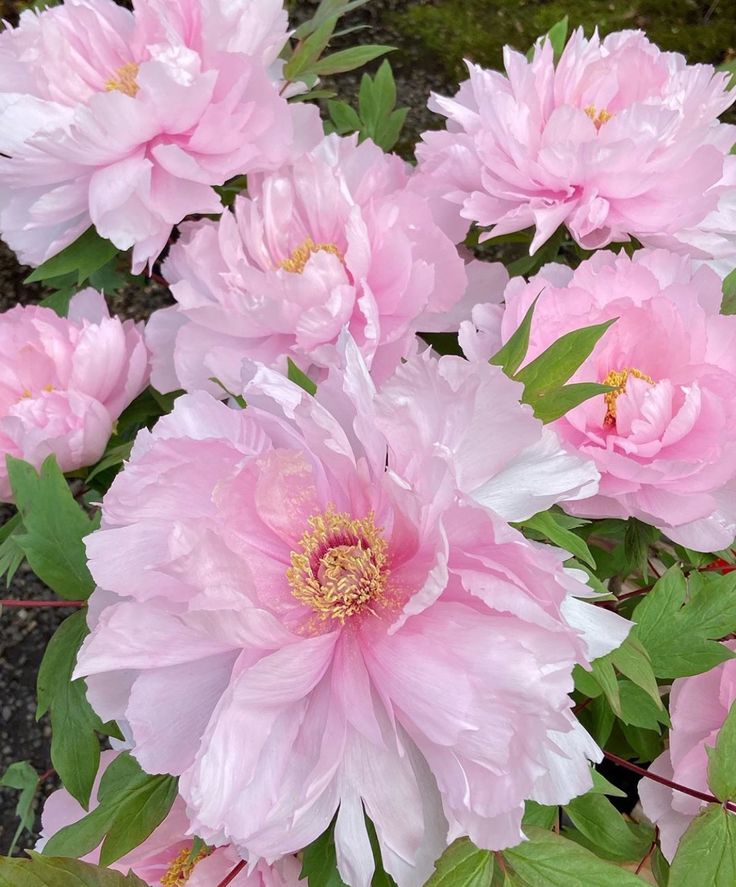Prolonging the Peony Parade: Succession Planting Strategies for Extended Blooms
While peonies are beloved for their breathtaking blooms, the flowering season can be relatively short-lived. However, with careful planning and strategic succession planting, you can extend the peony blooming season and enjoy a continuous display of vibrant flowers throughout the spring and early summer months. Here’s how to implement succession planting to prolong the peony parade in your garden.










1. Selecting Early, Mid, and Late-Blooming Varieties
- Variety Selection: Choose a mix of early, mid-season, and late-blooming peony varieties to stagger the flowering times and extend the blooming season. Early-blooming varieties typically flower in late spring, while mid-season and late-blooming varieties continue the show into early summer.
- Bloom Time Research: Research peony varieties and their specific bloom times to ensure a continuous sequence of flowers in your garden. Select varieties with overlapping bloom periods to create a seamless transition between different stages of flowering.
2. Succession Planting Layout
- Planting Timeline: Plan your peony garden layout with a succession planting schedule in mind. Plant early-blooming varieties in prominent locations where they will receive maximum sunlight and attention, followed by mid-season and late-blooming varieties in adjacent areas.
- Spacing and Arrangement: Space peony plants according to their mature size and growth habits, ensuring adequate room for each plant to thrive and spread. Arrange early, mid, and late-blooming varieties strategically to create a visually appealing composition that flows seamlessly from one stage of flowering to the next.
3. Overlapping Companion Plantings
- Companion Plant Selection: Integrate early-blooming bulbs and perennials as companion plants alongside your peonies to complement and enhance the overall garden design. Choose flowering plants such as tulips, daffodils, and bleeding hearts that bloom in tandem with early-blooming peonies, creating a harmonious blend of colors and textures.
- Interplanting Strategies: Interplant early-blooming bulbs and perennials between peony plants to fill gaps and provide additional visual interest during the transition periods between different stages of flowering. This creates a lush and dynamic garden landscape that evolves throughout the season.
4. Continuous Maintenance and Care
- Deadheading and Pruning: Regularly deadhead spent blooms and remove faded foliage to encourage continuous flowering and prevent seed production, which can divert energy away from new growth. Prune peony plants selectively to maintain a balanced shape and remove any diseased or damaged growth.
- Watering and Feeding: Provide consistent moisture and nutrient support to peony plants throughout the growing season to promote healthy growth and flowering. Mulch around peony plants to retain soil moisture, suppress weeds, and regulate soil temperature, ensuring optimal growing conditions.
5. Planning for Future Seasons
- Record Keeping: Keep detailed records of peony varieties, bloom times, and planting locations to track the success of your succession planting efforts and make informed decisions for future seasons. Note any observations or adjustments made throughout the growing season to refine your planting strategies over time.
- Continual Evaluation: Continually evaluate the performance of your peony garden and succession planting layout, making note of any areas for improvement or opportunities to enhance the overall design and blooming season extension. Experiment with new varieties, companion plantings, and planting arrangements to optimize the beauty and longevity of your peony parade.
Conclusion
Succession planting offers a strategic approach to extending the peony blooming season and maximizing the beauty and enjoyment of these exquisite flowers in your garden. By selecting a diverse range of peony varieties, planning a well-thought-out planting layout, incorporating overlapping companion plantings, and providing consistent maintenance and care, you can create a garden spectacle that unfolds gradually over time, delighting the senses and capturing the essence of spring and early summer.
FAQs (Frequently Asked Questions)
- How do I know which peony varieties are early, mid, or late-blooming?
- Consult reputable nursery catalogs, gardening websites, or local botanical gardens for information on peony varieties and their specific bloom times. Look for descriptions or bloom time charts provided by growers to identify early, mid, and late-blooming varieties.
- Can I plant peonies alongside other flowering perennials for continuous blooms?
- Yes, planting peonies alongside other flowering perennials can provide a diverse and continuous display of blooms throughout the growing season. Choose companion plants with complementary bloom times and growing requirements to create a harmonious garden composition.
- What should I do if my peonies bloom at the same time despite succession planting efforts?
- If your peonies bloom simultaneously despite succession planting efforts, consider adjusting the planting layout or incorporating additional varieties with staggered bloom times. Experiment with different planting arrangements and companion plantings to achieve the desired blooming sequence.